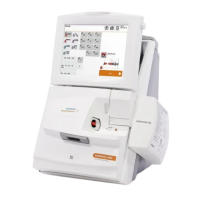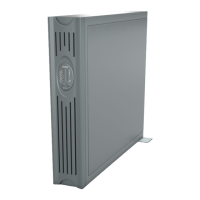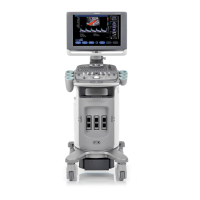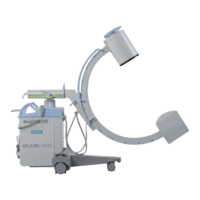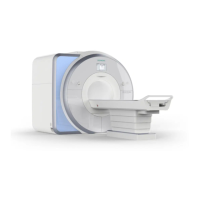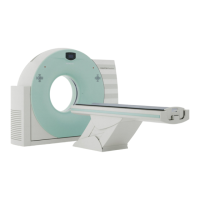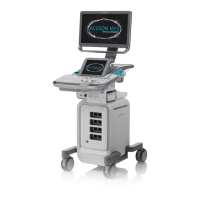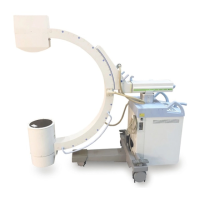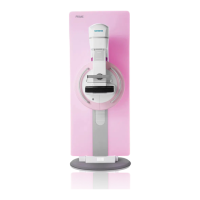02087462 Rev. V
Appendix A: Safety Instructions
This information summarizes the established guidelines for handling biohazards.
This summary is based on the guidelines developed by the Centers for Disease
Control, the Clinical and Laboratory Standards Institute Document M29-A3,
Protection of Laboratory Workers from Occupationally Acquired Infections, and
the Occupational Safety and Health Administration’s Bloodborne Pathogens
Standard.
1–3
Protecting Yourself from Biohazards
Use this summary for general information only. It is not intended to replace or
supplement your laboratory or hospital biohazard control procedures.
By definition, a biohazardous condition is a situation involving infectious agents
biological in nature, such as the hepatitis B virus, the human immunodeficiency
virus, and the tuberculosis bacterium. These infectious agents may be present in
human blood and blood products and in other body fluids.
The following are the major sources of contamination when handling potentially
infectious agents:
• needlesticks
• hand-to-mouth contact
• hand-to-eye contact
• direct contact with superficial cuts, open wounds, and other skin conditions
that may permit absorption into subcutaneous skin layers
• splashes or aerosol contact with skin and eyes

